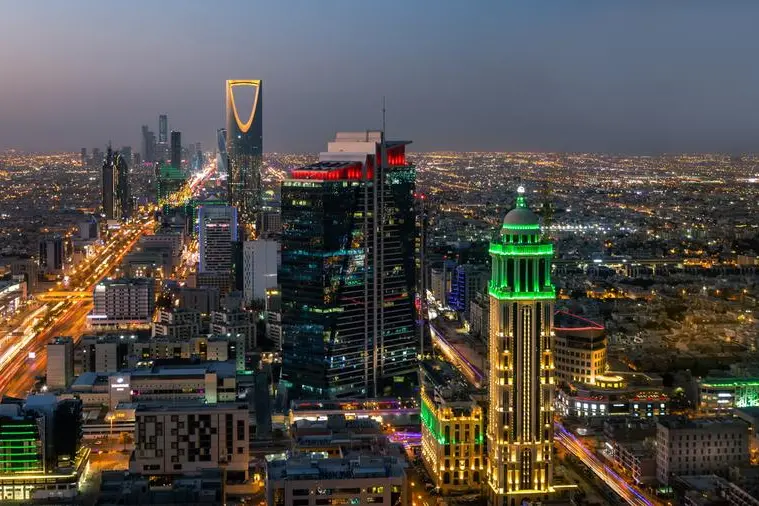In the first quarter of 2023, Saudi Arabia witnessed a remarkable surge in tourism earnings, with revenue surpassing 37 billion Saudi riyals ($9.86B). This substantial increase, representing a growth of more than threefold, reflects Saudi Arabia’s concerted efforts to attract foreign visitors and reduce its dependence on oil.
According to the state-run Saudi Press Agency (SPA), the revenue from incoming tourism experienced a remarkable 225% boost compared to the same period in 2022. A rise in visitor numbers is responsible for this surge.
During the first three months of 2023, Saudi Arabia played host to approximately 7.8 million tourists, marking a significant 64% increase compared to the pre-pandemic figures of 2019.
Tourism revenue surge led to a Q1 balance of payments turnaround from a 1.6 billion riyals deficit to a 22.8 billion riyals surplus, as reported by SPA.
This follows the Ministry of Tourism’s “efforts to boost the tourism sector and its contribution to the growth of the national economy, which corresponds to the objectives of the National Tourism Development Strategy,” the agency said.
Saudi Arabia’s tourism strategy has outlined ambitious objectives, including the aim to attract 100 million new visits, contribute 10% of its gross domestic production through the tourism sector, and generate 1 million new jobs within the sector by 2030.
Remarkably, during the first quarter of 2023, Saudi Arabia emerged as the second-fastest growing tourism destination, as reported by the World Tourism Organisation in May.
Saudi Tourism: 11% Annual Growth Leader
Projections from the World Travel & Tourism Council (WTTC) indicate that the country’s travel and tourism sector will experience an average annual growth rate of 11% over the next decade, making it the Middle East’s most rapidly expanding market.
In a report from July 2022, WTTC suggested that by 2032, the tourism sector could contribute nearly 635 billion riyals to Saudi Arabia’s GDP, constituting 17.1% of the nation’s total economy.
Notably, in 2022, Saudi Arabia welcomed over 93.5 million tourists, with 77 million being domestic and 16.5 million international visitors, according to The National News.
This year, the kingdom aspires to draw in 30 million tourists, as outlined by Ahmed Al Khateeb, the Minister of Tourism for Saudi Arabia, during an investment forum in Paris in June.
“The pandemic is behind us … we will grow fast this year, we’re optimistic,” he said at the time. He added that the target of 100 million visitors by the end of the decade is “very doable”.
He also called on investors to capitalise on “amazing opportunities in a virgin market with a high rate of growth in the next decade or two”.
PIF Launches Asfar: A Boost to Saudi Tourism Growth
In July, Saudi Arabia’s Public Investment Fund (PIF) established the Saudi Tourism Investment Company, known as Asfar, to bolster the growth of the tourism sector.
This newly formed company will actively invest in fresh tourism ventures and the development of destinations that encompass hospitality, tourist attractions, retail, and food and beverage offerings across cities in Saudi Arabia, the largest economy in the Arab world, as stated by the PIF.
Moreover, Asfar’s mission extends to offering co-investment opportunities to the private sector while creating a conducive environment for local suppliers, contractors, and small and medium-sized enterprises to participate in the development of tourism projects.
Simultaneously, Saudi Arabia is making strategic investments in its aviation sector to ensure the necessary infrastructure is in place to accommodate the projected influx of international tourists over the next decade.
The upcoming national airline, Riyadh Air, plans to commence operations in 2025 and aims to connect to over 100 global destinations by 2030.
Additionally, the kingdom already hosts the Jeddah-based national carrier, Saudia, and its low-cost subsidiary, flyadeal.
Notably, Saudi Arabia’s Crown Prince Mohammed bin Salman announced in November that a new airport with six parallel runways will be opened in the capital, Riyadh, designed to accommodate up to 120 million travelers by 2030.


